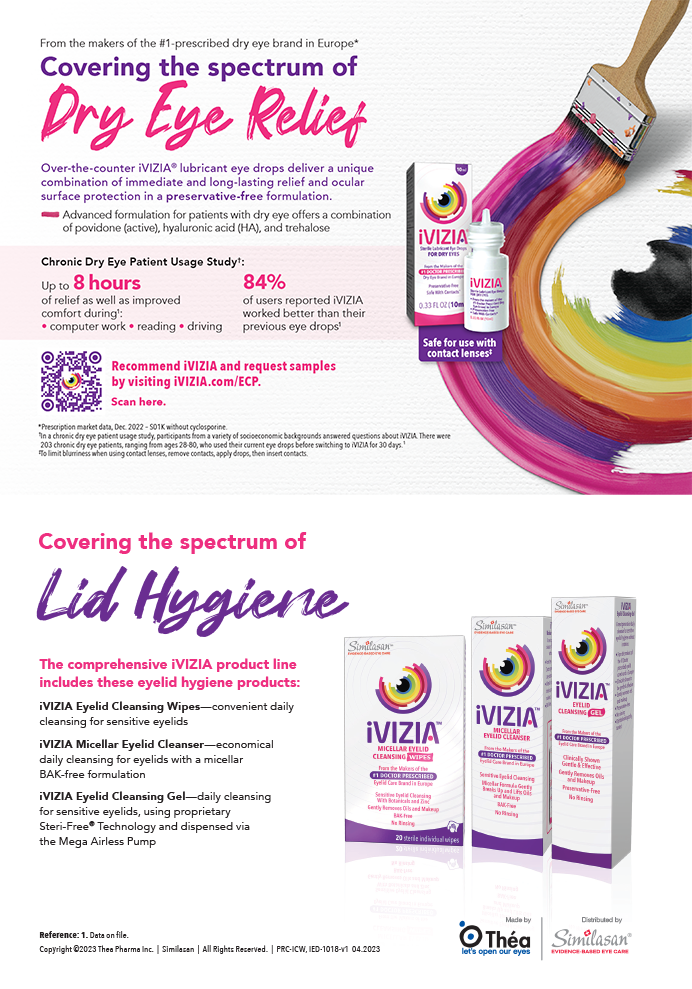When most ophthalmologists hear the words performance metrics, they generally think two things: utilization and collection. How many patients per day do I see? What do accounts receivable look like? What are the practice’s monthly collections? Is there money in the bank to meet payroll? These measures are after-the-fact metrics. They do not provide information on attracting new patients, the fullness of the practice’s pipeline, effective conversion, or whether outcomes are attracting new prospects.
Some refractive practices have taken performance metrics a step further by looking at the level of patients’ interest and appointment progression. Someone on the staff monitors inquiries, consultations, and surgeries to track conversions at each step of the process. According to a second-quarter analysis by Market Scope (St. Louis, MO; Figure 1), however, nearly half of all practices are not tracking new inquiries, inquiries to consultation, and consultations to surgery.1
How do you develop an informative, actionable snapshot of whether your practice is attracting the types of patients you want, whether they choose the vision services at which you are expert, and whether the financial result is sound? I recommend developing a performance dashboard similar to the one I have seen Kay Coulson, MBA, advocate at several practice workshops that I have attended (Figure 2). Ms. Coulson is the president of Elective Medical Marketing in Boulder, Colorado.
THE PERFORMANCE DASHBOARD
“I’m a numbers junkie, yet I quickly learned in consulting that synthesizing and condensing relevant information for surgeons is vital,” says Ms. Coulson. “The performance dashboard is something we developed to help our clients see, on a single page, whether the practice is headed in the right direction.”
She continues, “I find surgeons want to know three things: are we attracting the right type of patient, are patients choosing the services I want to offer, and is the financial performance of the practice improving? There is no sugarcoating of results with a performance dashboard. You’re either attracting more inquiries or not. The right people are booking appointments or not. More people are moving to surgery or not. The fees they are willing to pay are good for the practice or not. At a time when it’s easy to become overwhelmed with data, paring it down to a snapshot that keeps everyone on track is paramount.”
MAKING PERFORMANCE METRICS WORK FOR YOU
How can you develop a performance dashboard that will help you monitor and improve your practice? Here are several suggestions.
No. 1. Start With the Initial Point of Contact: the Inquiry
Inquiries can be tracked in any existing practice management system simply by adding an appointment called an inquiry. In this way, when a new patient calls your practice, he or she is immediately booked for an inquiry appointment as well as the type of appointment he or she is requesting (eg, annual examination, lens evaluation, LASIK consultation). If this patient cancels the appointment or progresses along an appointment path different than expected, he or she can be monitored and tracked.
No. 2. Use Appointment Types and Diagnostic Codes as Tools for Tracking the Practice’s Growth
In Figure 2, complete examinations, diagnosed cataracts, and resulting surgeries are reported quarterly, with comparisons to the same quarter from prior years. This information helps to account for the seasonality of procedures. It can also assist in the development of a new norm that takes into account the economic recession and changing health care structures.
No. 3. Measure the Financial Contribution of Your Key Service Lines
If you are trying to grow elective services, track their financial performance separately from insurance collections. This distinction will give you a clearer perspective on where the practice is growing and where poor performance has been masked.
No. 4. Align Spending on Marketing and Employees’ Compensation With Your Goals for Growing the Practice
It is not enough simply to spend money on marketing or to pay employees to show up for work. Over the next few years, you and other ophthalmologists will evaluate which payer contracts to pursue or renew; which new technologies for cataract, glaucoma, retina, or LASIK to adopt; and where to invest in facilities and people. It therefore makes sense to align your investment in marketing and people so that it is directly linked to the practice’s performance.
CONCLUSION
Develop a simple set of performance metrics today. Then, use them objectively, consistently, and rigorously in the coming years to grow your practice. These critical data are buried right now, but you can uncover them to effectively guide your practice’s future direction.
Ms. Coulson may be reached at 888.908.6226; kay@electivemed.com.
Matt Jensen, MBA, is the executive director of Vance Thompson Vision in Sioux Falls, South Dakota, and he is a certified Experience Economy expert. He acknowledged no financial interest in the product or company mentioned herein. Mr. Jensen may be reached at (605) 328-3903; matt.jensen@sanfordhealth.org.
- Market Scope's Second Quarter Survery Report: Q2-2009. St. Louis, MO: Market Scope, LLC; 2009.


